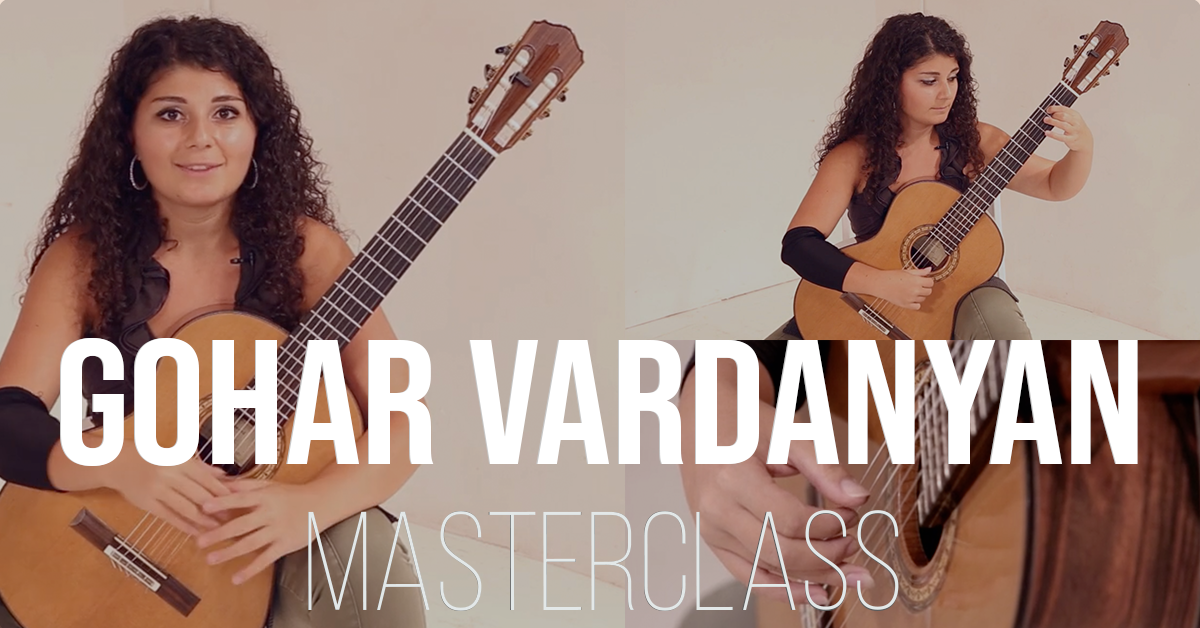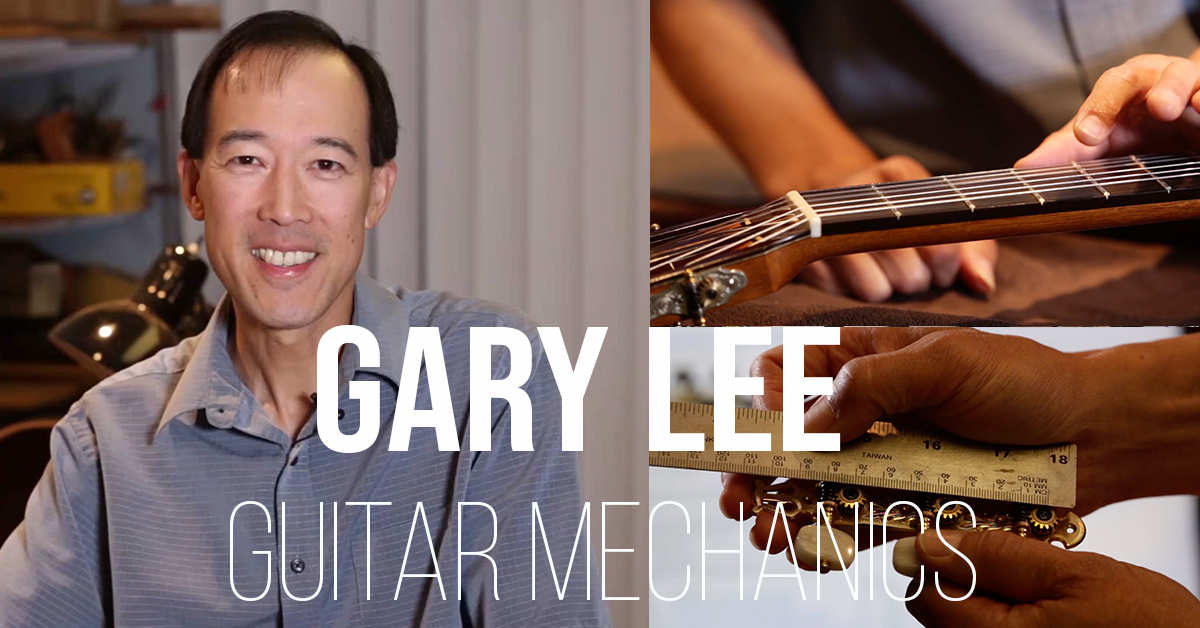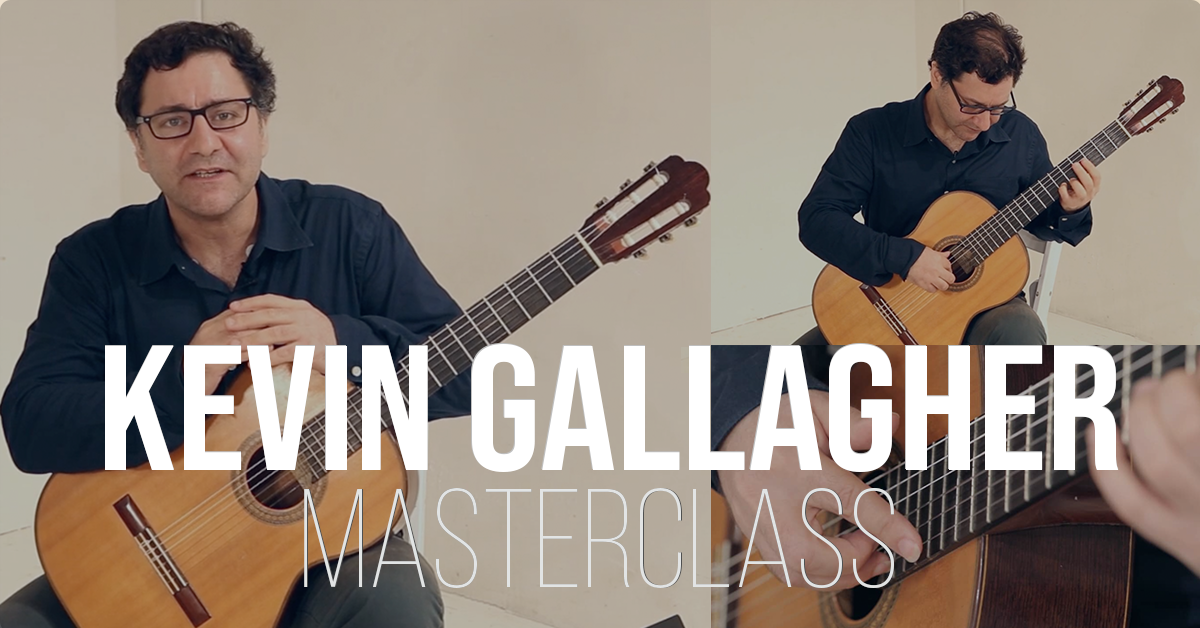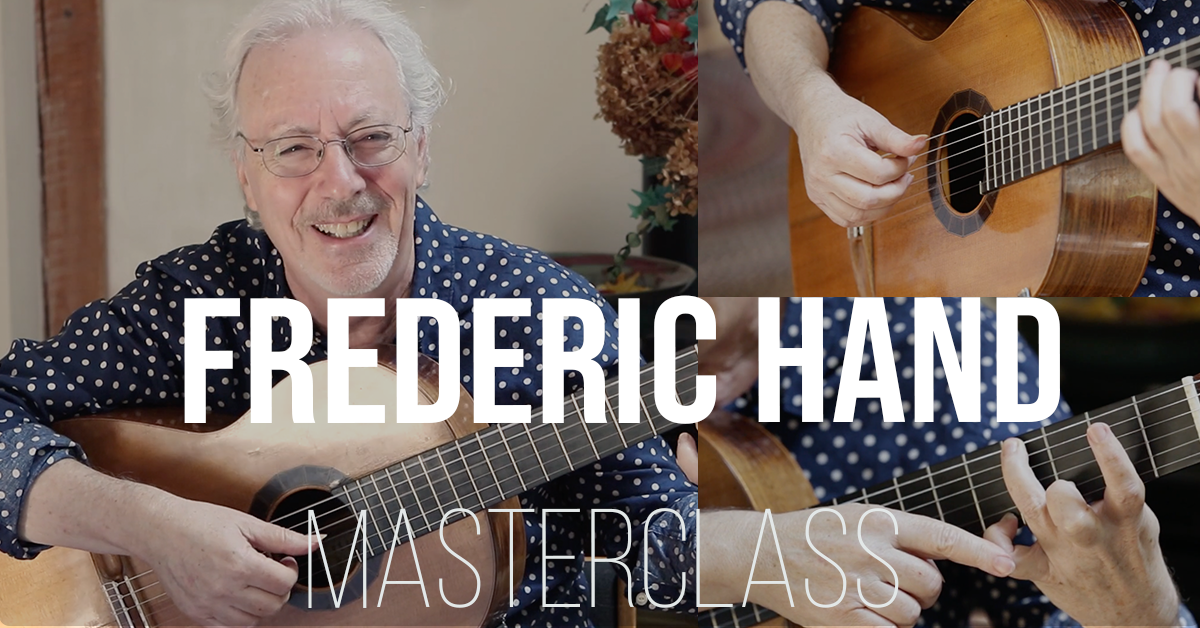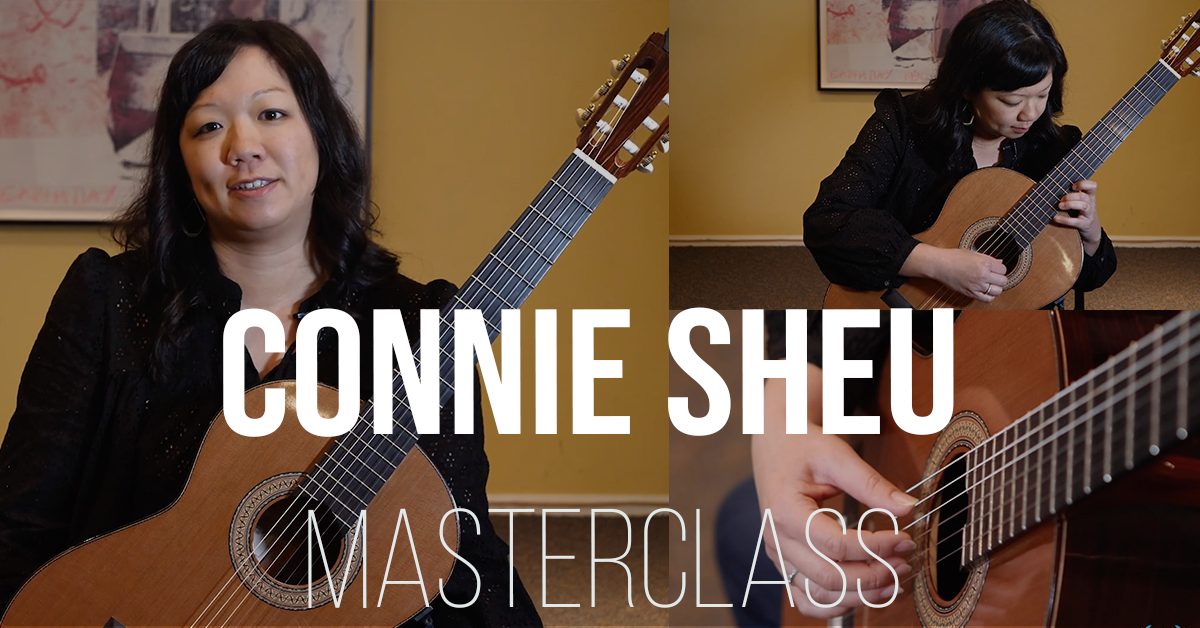Masterclasses
Laura Snowden teaches Carcassi Etude 3 and Villa Lobos Prelude 3 and 4.
Andrew York teaches three of his own compositions: Snowflight, Spider Dance, and Home.
Virtuoso Cuban guitarist, Rene Izquierdo, dives deep into etudes I, V, VI, VII, and VIII from Brouwer Etudes Simples
Gohar Vardanyan walks you through tremolo technique and Francisco Tárrega‘s masterpiece, Recuerdos de la Alhambra. Topics include a technical approach to tremolo; the different musical and technical challenges of Recuerdos; and how to practice tremolo. A performance example is included.
Dr. Noa Kageyama who is a Juilliard professor, violinist, and performance psychologist teaches you how to deal with performance anxiety, what tactics one can take for memorizing music for a performance, how to maintain focus during a performance, and more.
Ben Verdery, professor of guitar at Yale University, walks you through his own composition “Let Go,” which is one of his 11 Etudes. Topics include technical difficulties and how to work through them, ideas for interpretation, and an interview with the composer.
Master luthier Gary Lee guides you through the physical mechanics of the guitar and how you can effectively maintain and set up your instrument to play the way you want it to but also what to look out for when purchasing or commissioning a new instrument. Highly recommended for all guitarists!
CGC Faculty member Kevin Gallagher explores Miguel Llobet’s stunning arrangement of the Catalan folk tune “El Testament d’Amelia”: topics include using rest strokes on the melody (and how best to utilize the rest stroke); separating the melody from the accompaniment; historical details of the piece, and more. A performance walkthrough is included.
In this course guitarist Gohar Vardanyan walks you through rasgueado techniques for classical guitarists. Topics include different rasgueado patterns and how to perform them, understanding the sevillanas form and rhythm, applying these techniques to Joaquin Turina’s Sevillanas, and more.
Fred Hand shares insights into his composition “Lesley’s Song.” Topics covered include technical difficulties, such as using the thumb, free and rest stroke, the danger of repeated stress injuries from practicing barre chords, as well as phrasing and interpretation, how to make a musical moment out of a technical difficulty, and more.
A lyrical gem from Isaac Albeniz, this piece is Grade 8 difficulty and above.




